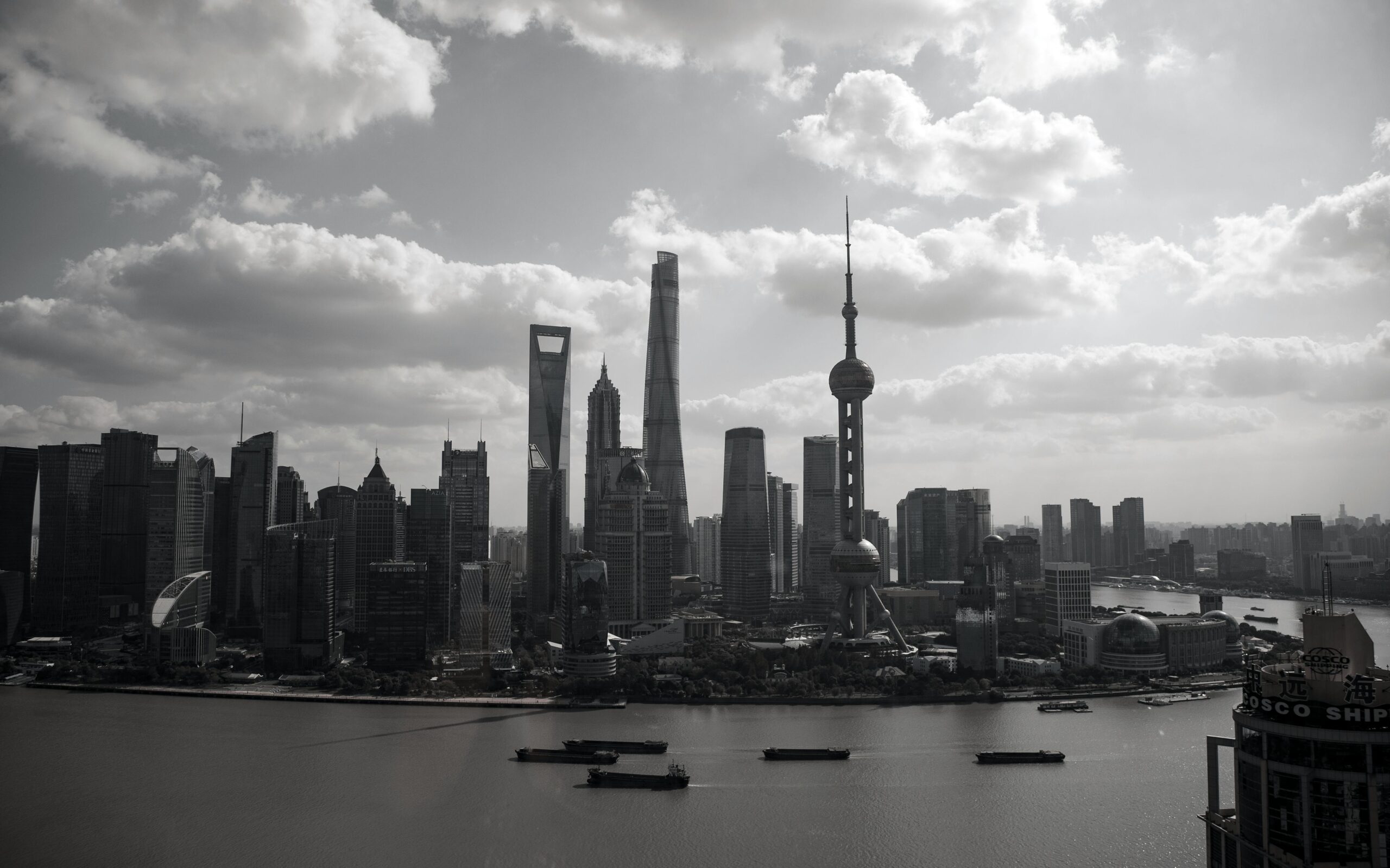China’s economy continued to remain under pressure in September, with key sectors showing significant signs of slowdown. Both private and official manufacturing PMI surveys indicated China’s manufacturing activity was in contraction, reflecting persistent weakness in their industrial sector. The real estate sector has continued to struggle as well, with investments down just over 10% year-on-year from January to August, while new commercial real estate sales and new construction activity also remained weak.
Amid the continued economic strain and uncertainty, China has unveiled a series of sweeping financial and fiscal measures to support its slowing economy. In a rare move, the government announced one-off cash handouts for the impoverished population, which closely followed broader economic stimulus efforts including interest rate cuts and liquidity injections. Additionally, the People’s Bank of China (PBOC) has directed commercial banks to lower mortgage rates for existing loans by at least 30 basis points below the Loan Prime Rate by the end of October, aiming to alleviate pressure on the beleaguered property market. This comes alongside regional efforts like Guangzhou lifting all restrictions on home purchases, while major cities like Shanghai and Shenzhen also eased housing restrictions and lowered downpayment requirements for first-time buyers to 15%.
The Chinese government’s stimulus efforts have started to show early signs of impact. Both Chinese and global institutional investors are cautiously returning to Chinese property bonds, buoyed by an improving outlook. The real estate market also responded positively during China’s National Day holiday, with home sales rising across the country as the latest measures fuelled an increase in property visits. According to a survey by the China Index Academy, daily home sales during the Golden Week holiday jumped 23% in floor area compared to the same period last year, with smaller tier-three cities seeing the biggest surge at 69%. Tier-one cities also reported an 18% rise in sales.
However, on 8 Oct, while officials in the National Development and Reform Commission (NDRC) reiterated their commitment to ramp up investment and spending in a press conference, they stopped short of introducing more aggressive stimulus measures. This left traders and investors disappointed, particularly those banking on more detailed follow up actions and new stimulus measures.
The hesitation to introduce more substantial measures reverberated across the industrial metals and energy sectors. Copper and iron ore prices fell as market sentiment cooled, reflecting fears that the current stimulus may only stabilize growth without sparking a full rebound. In the energy market, crude oil prices also fell with Brent trading below USD 80, although concerns over Middle East tensions continue to keep Brent prices elevated.
As the main demand centre for dry bulk commodities such as iron ore, coal, and grains, China’s economic slowdown has significant negative implications for the dry bulk freight market. For example, China imports roughly 70% of the world’s iron ore exports, which means any decline in industrial activity or real estate investment in China directly impacts global iron ore demand. In the Capesize market, where the majority of dry bulk cargo carried is iron ore, this poses a major risk to the volumes they transport from major suppliers such as Australia and Brazil to China. If China’s stimulus measures are not robust enough to reignite construction and industrial output, iron ore imports may stagnate or decline in the coming years. This could lead to reduced demand for Capesize vessels, and depending on the balance between tonnage supply and demand, may drag down freight rates in the process.
Already, the dip in commodity prices reflects concerns that the current stimulus measures may be insufficient to drive a sustained recovery in Chinese demand. Moreover, with China’s property sector still grappling with unsold inventories, unfinished projects, and low buyer confidence, the outlook for construction activity—and, by extension, steel production and iron ore consumption—remains fragile.
The market is thus again anticipating the next briefing on China’s fiscal policy on 12 Oct, as investors watch for additional stimulus measures to arrest China’s economic slowdown.

